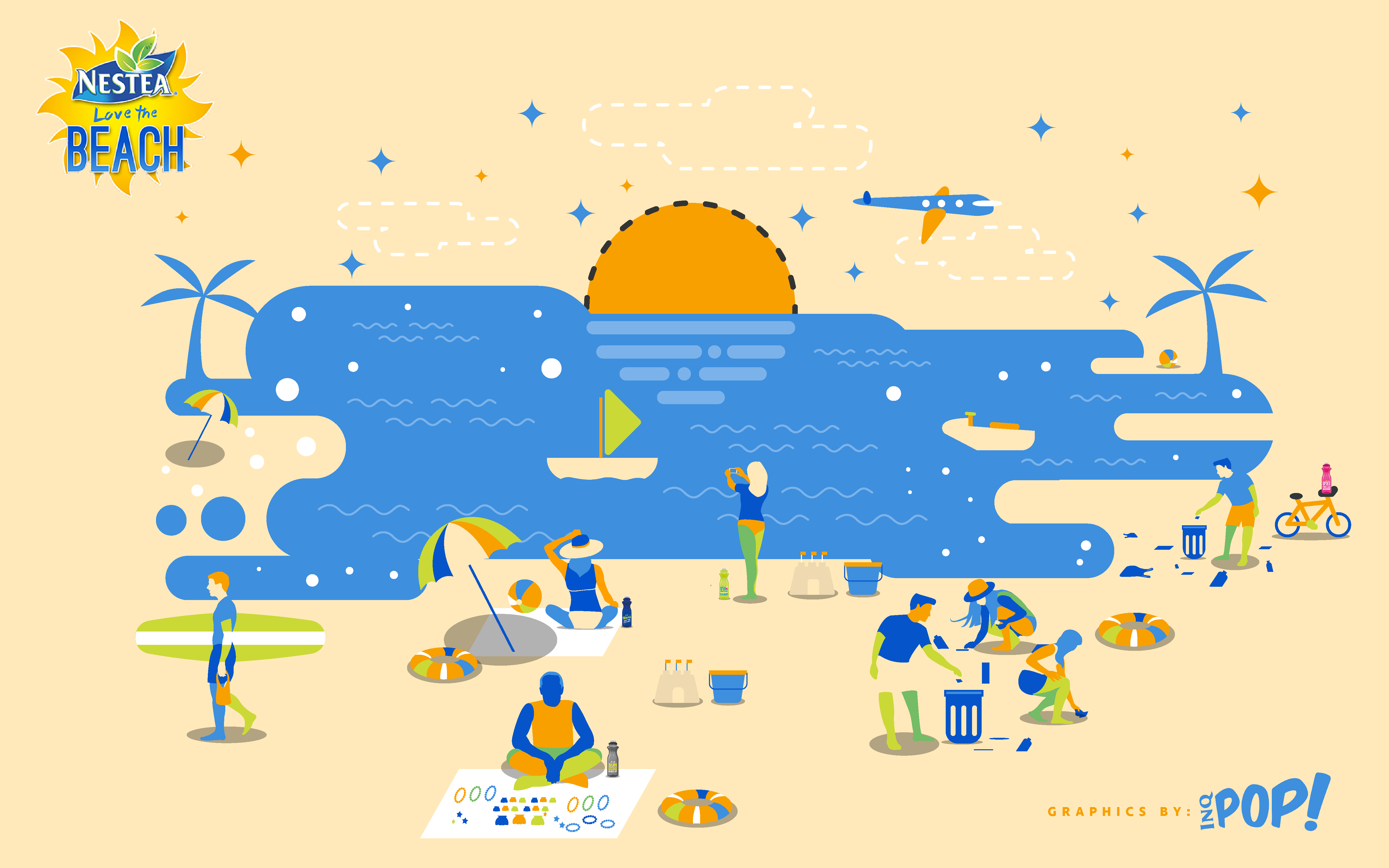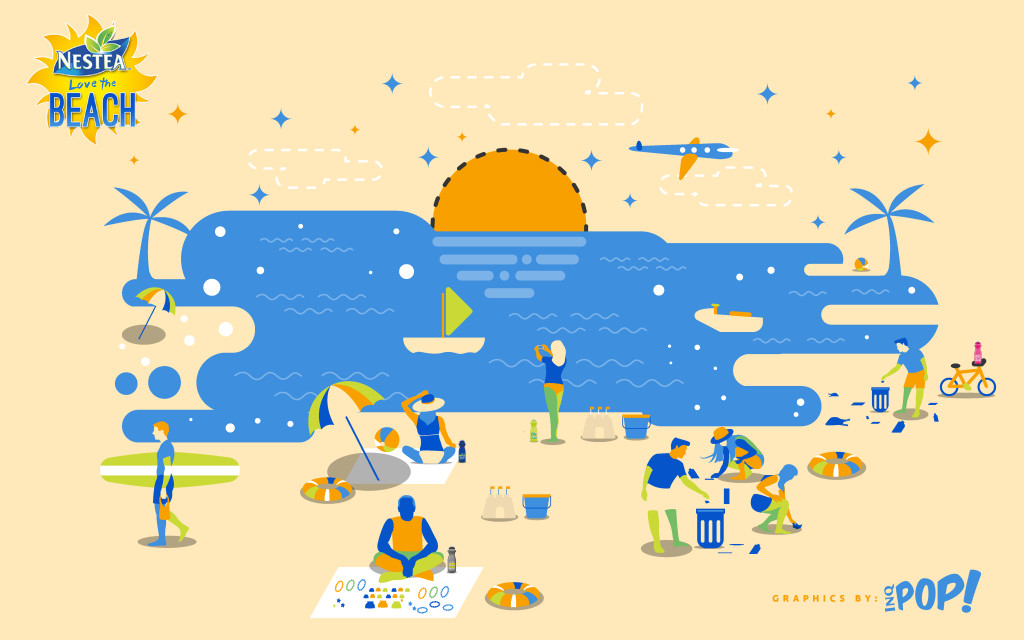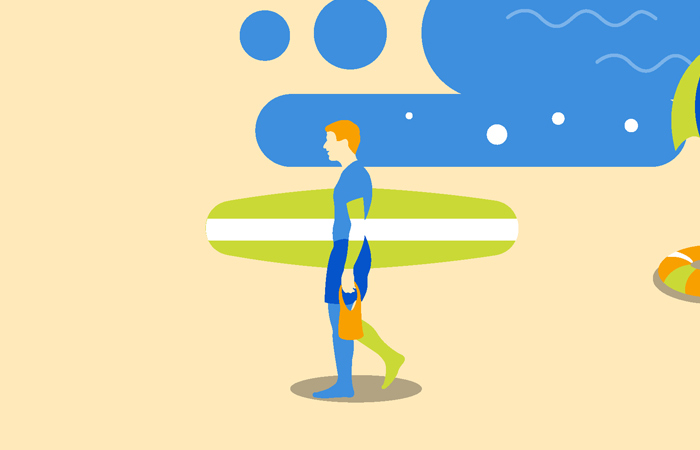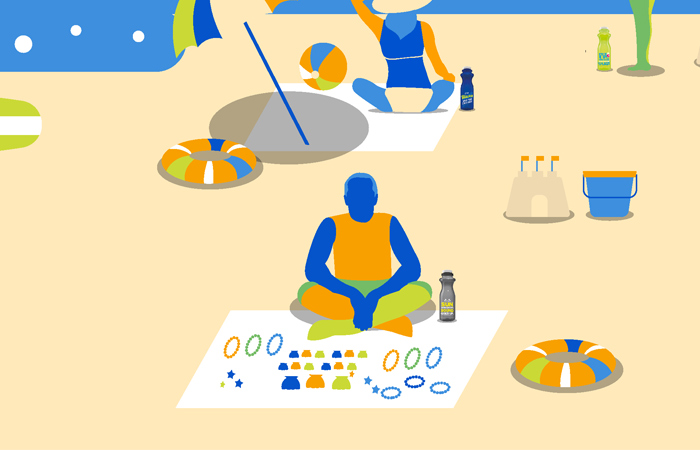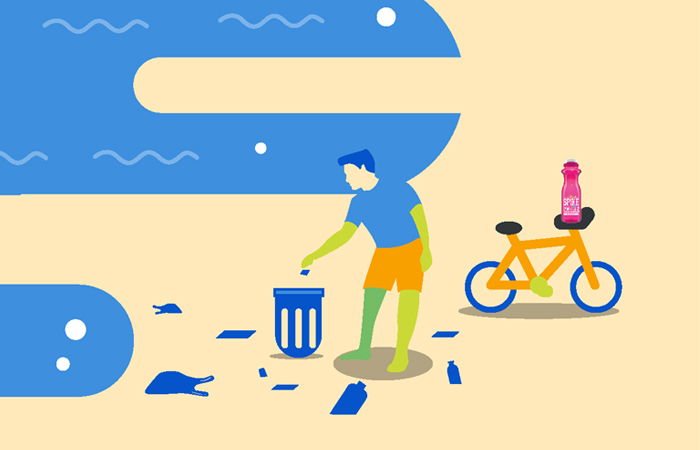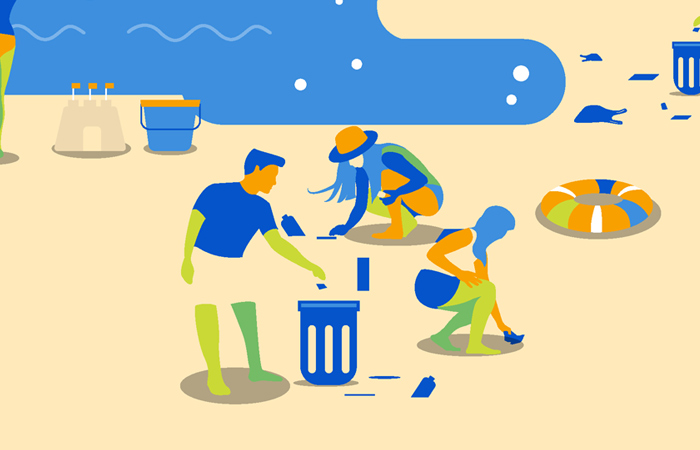The famous astronomer Carl Sagan once compared the Earth to a blue marble — a pale blue dot — when viewed from the vastness of space.(1) This is because the water on our atmosphere and the planet’s surface reflects the blue wavelength of light coming from the sun. Not surprising, since 71% of the Earth is covered by water.(2)
But did you know that a staggering 96.5% of all the Earth’s water is in our oceans?(3) This is why it is important that we all do our part in taking care of it. The pressure we are placing on our environment, most particularly our beaches, is enormous.
Take the island of Boracay, for example. Every year, thousands of tourists go there to enjoy its pristine sands and all the fun activities the island offers. However, unmonitored snorkeling and diving activities have resulted in considerable damage to its coral reefs. Trash and litter from irresponsible tourists have contributed to the deterioration of water quality in some parts of the island. Beach erosion, especially during the summer season, has also been observed.(4)
These are warning signs that we have to take more responsibility for our shores. Whether you’re out on the coast or landlocked in the city, here are some ways you can show your love for the beach, not just this summer, but all year round.
Minimize your use of plastic products
Most of the garbage found at sea and by the beach are made of discarded plastic: grocery bags, water bottles, straws, disposable spoons and forks, cups… the list goes on. As much as possible, replace them with reusable versions. Make it a habit to bring your own shopping bag to the grocery or your own silverware when you have lunch at work. Instead of buying bottled water whenever you go out, bring your own drink bottle like the limited edition NESTEA pitchers being sold at the NESTEA Chillax lounge in Boracay during the Labor Day weekend to help fund a beach cleaning machine for the island.
Don’t purchase items made of exploited marine life
Walk in any beach in our country and you will soon inadvertently come across either a person or a stall selling “souvenirs.” You might think buying that turtle shell to hang on your wall or trinkets made of shells and coral is helping the local economy, but in reality, you are doing the environment long-term harm. Remember: what belongs to the sea, should stay at the sea.
Dispose of your litter properly
If you carried it in, carry it out. It sounds so obvious but you’ll be surprised at how many people still leave their trash at the beach instead of throwing it away properly. And this applies to you even if you live in the city. Why? Because most of the stuff that people throw on the street or flush down drains and toilets eventually finds its way into the sea.(5)
Take photos and videos of your vacays on the beach and share it on social media
You might be thinking this is an offbeat suggestion, but hear us out. By promoting our beaches to the rest of the world, not only are we helping out the local communities in terms of increased interest in tourism, we are also showing other people the beauty and value of what we have. Hopefully, this will inspire them to love the beach as much as we do. The more of us that share the same vision, the more impact we can make.
Organize or participate in a beach clean-up
Whether you live near a river, lake, or the ocean, you can take a lead role in helping our environment by joining a beach clean-up. Just this past Labor Day weekend, NESTEA organized a beach clean-up campaign in Boracay called “NESTEA Love The Beach.” Volunteers gathered from April 29 to May 1 to comb the shores of Boracay for trash, cigarette butts, and other pieces of litter, all to show their love for the beach. You can do the same by recruiting your friends and family to give some of their time to pick up rubbish the next time you’re at the beach.
All of us on Earth are connected to the ocean by way of the beach. The more you learn about the issues facing our fragile ecosystem, the more you’ll want to take action to ensure its health. Show your love for the beach by encouraging others to do the same. After all, we’re all in this pale blue dot together.
Nestea Beach 2016 is in partnership with PLDT Alpha and Smart, official connectivity partners; and Mikasa, the official ball of the 19th Nestea Beach Volley.
SOURCES:
(1) Sagan, Carl (1994). Pale Blue Dot: A Vision of the Human Future in Space (1st ed.). New York: Random House. ISBN 0-679-43841-6.
(2) Traub, W. A., & Jucks, K. W. 2002, Atmospheres in the Solar System: Comparative Aeronomy(Geophys. Monogr. 130), ed. M. Mendillo, A. Nagy, & J. H. Waite (Washington, DC: AGU), 369
(3) U.S. Geological Survey: https://water.usgs.gov/edu/earthhowmuch.html
(4) Five-year study by Japan International Cooperation Agency. https://www.jica.go.jp/philippine/english/office/topics/news/150528.html
(5) Harvard Health Publications https://www.health.harvard.edu/newsletter_article/drugs-in-the-water. NRC staff, NRC Regional Policy Statement for Northland; Rio + 10 Community Programme resource pack; NRC Annual Environmental Monitoring Report 1999-2000. Document date: June, 2001 https://www.nrc.govt.nz/For-Schools/School-information-packs/Pollution/

